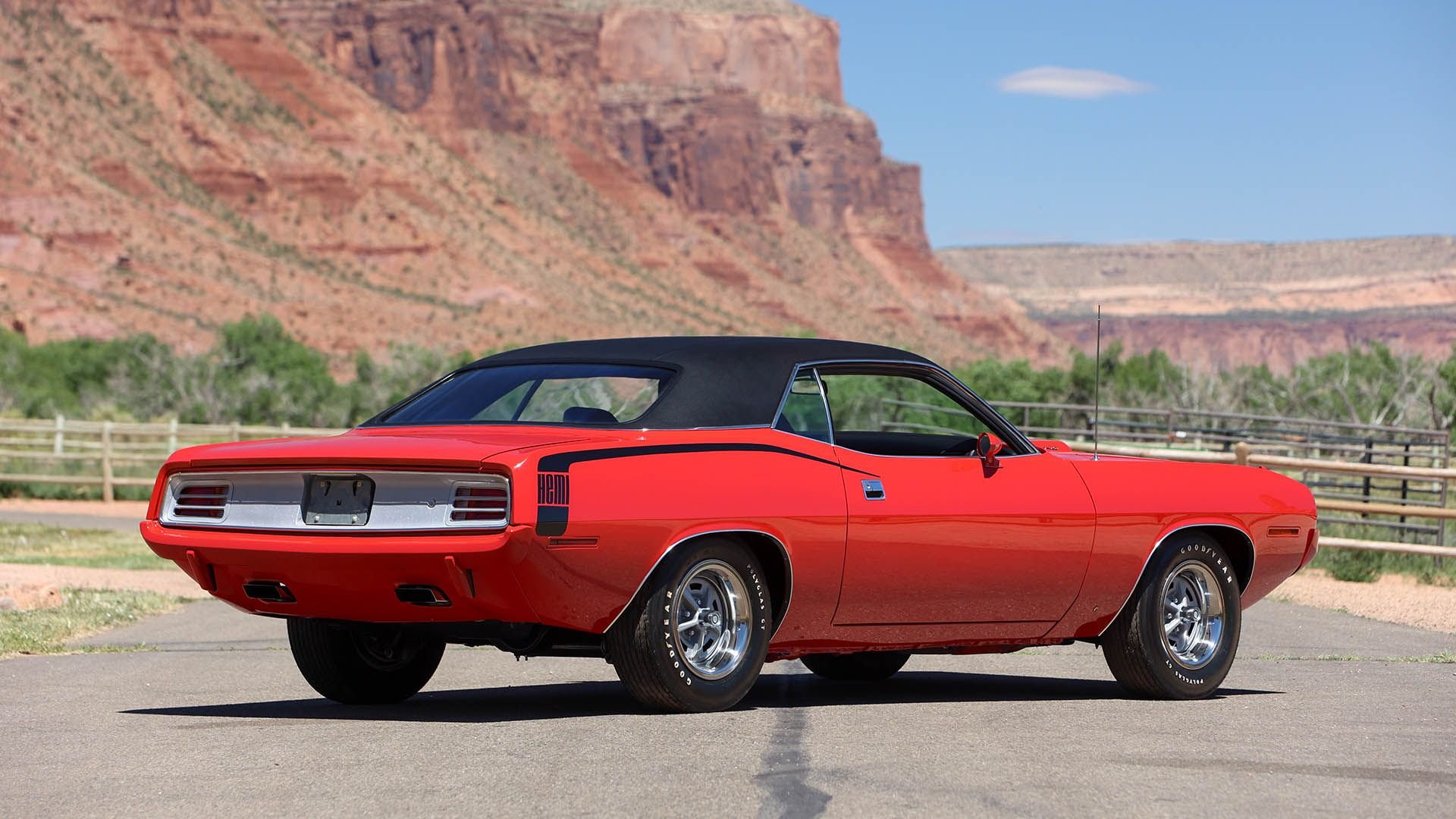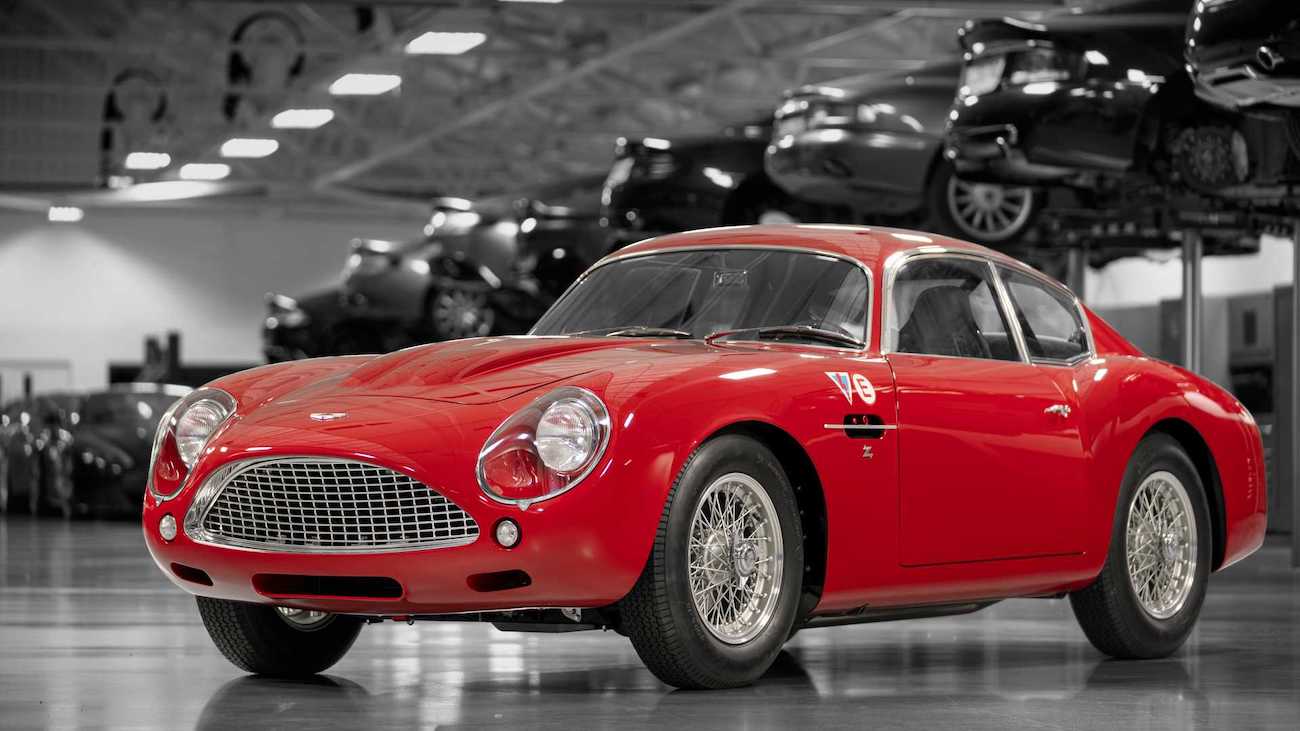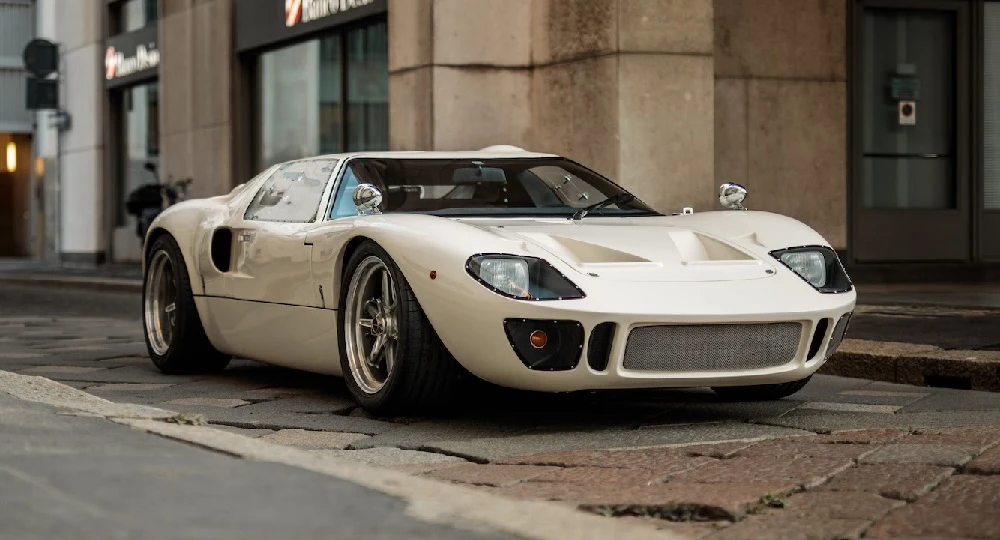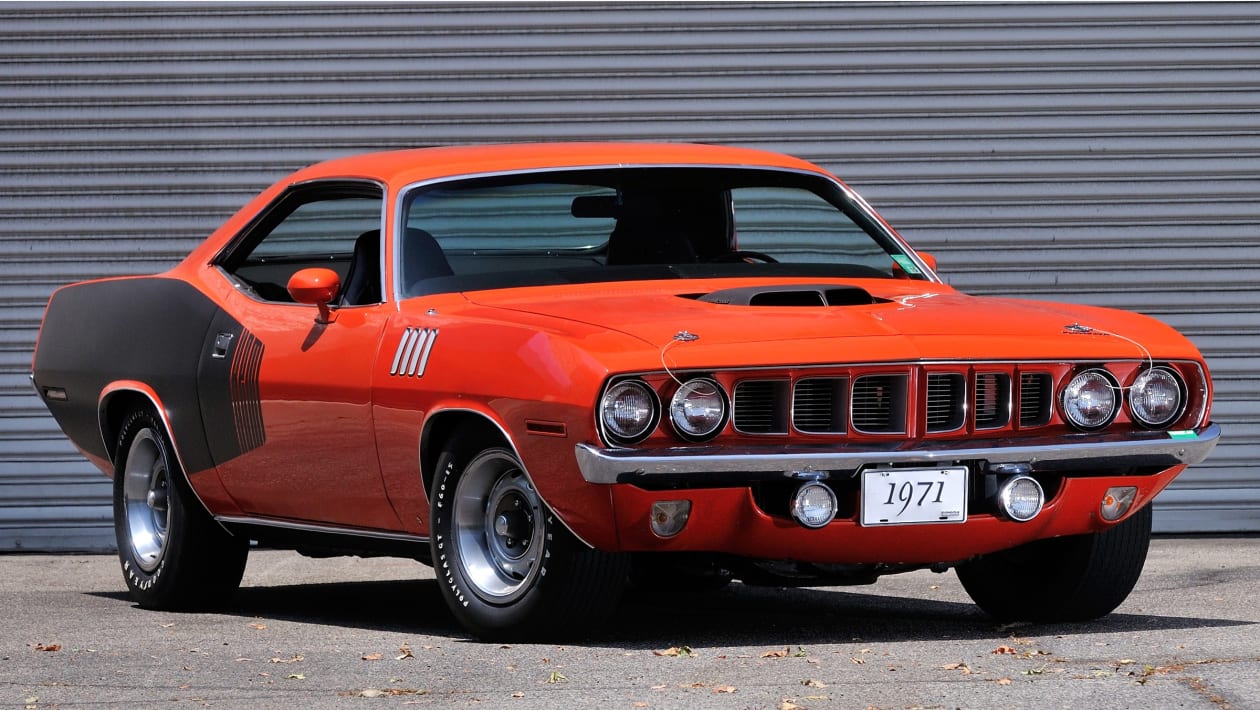
The allure of classic cars, particularly the iconic American iron from the 1950s to the early 1970s, is undeniably powerful. Owning a piece of rolling American history conjures images of freedom, power, and a bygone era of automotive excellence. Yet, this dream often comes with a significant financial hurdle, especially when seeking a meticulously maintained, well-sorted model, particularly those boasting big block V8s or track-ready specifications. The price tags on genuine, numbers-matching originals can be astronomical, placing them out of reach for many passionate enthusiasts.
Consider the raw figures: a legitimate 1967 Chevy Chevelle SS with a 396 cubic inch V8 recently commanded $65,500 at auction. Or take a genuine 426 cubic inch HEMI V8 powered 1970 Plymouth ‘Cuda, which sold for a staggering $180,426 last year. As with any collector’s item, originality stands as the paramount virtue, with an original engine and drivetrain typically driving the price skyward. This financial barrier has led a fascinating evolution within the classic car community, giving rise to alternatives: the ‘clone car’ and the ‘tribute.’
These terms, alongside a host of others, represent a burgeoning segment of the market designed to bridge the gap between unattainable originals and the fervent desire for that quintessential classic car experience. But what exactly are these vehicles? And what should any prospective buyer or builder know before diving into this intriguing, often complex, world of automotive doppelgangers? Let’s navigate the nuances of clones and tributes, exploring their definitions, legality, and the enduring passion that fuels their creation.

1. **The Elusive Nature of Originality: The High Cost of Automotive Authenticity**Acquiring a classic car, particularly those muscle machines from the golden era of American automotive design, presents a unique dilemma. While the prospect of owning a genuine piece of history is incredibly appealing, the financial implications are often daunting. A truly well-preserved or perfectly restored original, especially if it’s a coveted model with a powerful big block V8 or designed for track performance, demands a substantial investment.
Genuine models like a 1967 Chevy Chevelle SS with a 396 cubic inch V8 or a 1970 Plymouth ‘Cuda boasting a 426 cubic inch HEMI V8 serve as vivid examples of this financial reality, fetching tens, if not hundreds, of thousands of dollars. In the realm of collector cars, originality is the ultimate currency. Having the original engine and drivetrain typically escalates the price tag significantly, making the dream of owning such a machine inaccessible for many enthusiasts.

2. **Defining the Duplicates: Unpacking the Terms “Clone” and “Tribute”**At their core, clones and tributes represent vehicles that are not the ‘real deal’ version of a particular car. These terms encompass a wide spectrum of modifications, ranging from simple badge swaps to comprehensive, ground-up restorations that meticulously imitate every aspect of an original. Imagine taking a standard, base model 1969 Dodge Charger equipped with a Slant-6 engine, then transforming it. This might involve updating the badges to proclaim ‘R/T,’ applying an aggressive, era-correct shade of orange paint, and finally, dropping a formidable 440 cubic inch V8 under the hood. The resulting vehicle would be recognized as a ‘tribute’ or ‘clone’ of an authentic 1969 Dodge Charger R/T.
While not the factory original, such a car is, in effect, a highly convincing approximation. The classic car hobby has seen an evolution in terminology, with ‘tribute’ often supplanting ‘clone’ in popular discourse. Yet, both terms signify a car that has been modified to resemble a more desirable or rarer model. This shift in language highlights a nuanced understanding within the community, acknowledging the intent behind these builds.

3. **The “Fake” Conundrum: Addressing the Most Unpopular Term and Its Implications**Among the various terms used to describe non-original vehicles, ‘fake’ has consistently been the most unpopular. This term is primarily reserved for instances where an owner attempts to misrepresent their car as an ‘original numbers matching’ vehicle, despite knowledgeable collectors being aware of its true provenance. Historically, unscrupulous sellers have exploited this, passing off so-called ‘numbers matching’ cars to unsuspecting buyers, leading to significant disappointment and often legal issues for the new owner.
However, the hobby has matured considerably, and increased education among enthusiasts has mitigated the prevalence of such deceptive practices. While ‘fake’ still carries a strong negative connotation, the collective knowledge of the collector community now acts as a more effective policing mechanism. This allows for a clearer distinction between legitimate tributes or clones, which are openly disclosed, and outright fraudulent misrepresentations, which are rightly condemned.

4. **The Legal Landscape: Navigating Legality vs. Misrepresentation in the Automotive World**The creation and sale of clone or tribute cars operate within a perfectly legal framework, provided two critical conditions are met: the Vehicle Identification Number (VIN) remains unaltered, and the seller maintains complete honesty regarding the car’s restoration and non-original status. This transparency is key, as it allows these vehicles to be offered at a significantly lower price point compared to their genuine counterparts, presenting a more accessible entry into the classic car experience for many enthusiasts.
There is a general acceptance within the gearhead community for vehicles that utilize reproduction parts or lack 100% original factory options, especially when the buyer is fully aware and content with these aspects. The problem arises when restorations are poorly executed, when the car is misrepresented in any way, or when the owner deliberately fabricates lies about the vehicle’s provenance. Such deceit crosses the line into fraud and undermines the integrity of the hobby. Therefore, thorough research, securing extensive documentation, and ensuring the trustworthiness of the seller are paramount for any potential buyer.

5. **Why Enthusiasts Turn to Replicas: Overcoming Monetary Obstacles and Embracing the Experience**One of the primary drivers behind the popularity of automotive replicas is the simple, yet profound, economic reality: not everyone possesses the financial means to acquire a genuine Hemi ‘Cuda or a Trans Am convertible. Clones and tributes offer a compelling solution, allowing enthusiasts to experience the thrill and aesthetic appeal of these legendary machines without the prohibitive cost of an original. This accessibility opens the door to a wider audience, democratizing the classic car ownership experience.
Beyond cost, replicas serve a practical purpose. Many are built to be driven and enjoyed without the constant anxiety of damaging a priceless original. This freedom from worry encourages owners to take their vehicles out on the road, fulfilling the very purpose they were designed for. Furthermore, for enthusiasts seeking a particular vehicle that is either incredibly rare or has ceased to exist in original form, building a replica can be the only viable path to realizing their automotive dream, a practice that has been a part of the classic car world for decades.

6. **The Art of “Correct” Clones: When a Copy Mirrors Factory Specifications with Precision**Within the evolving lexicon of automotive replication, a nuanced distinction often arises between a general ‘tribute’ and what some purists might refer to as a ‘correct’ clone. For certain collectors, a clone isn’t just a visual approximation; it’s a vehicle that meticulously adheres to the correct factory specifications and appearance for the year it was produced, even if it doesn’t possess the original numbers-matching engine or other ancillary parts. This dedication to historical accuracy within the replica space is a significant point of pride for many builders.
Consider the meticulous transformation of a 1967 Plymouth Belvedere into a GTX clone. This would involve installing a 426 Hemi engine, adding genuine GTX badges, incorporating correct hood scoops, rear valance, and exhausts, and pairing it with a period-correct 4-speed manual or Torqueflite automatic transmission. Such a build would accurately represent a car that could have been ordered from a dealer in 1967, complete with the same mechanicals as a numbers-matching GTX. This pursuit of ‘correctness’ elevates the clone from a mere imitation to a meticulously researched and executed re-creation, holding a special place in the hearts of those who appreciate historical fidelity.




